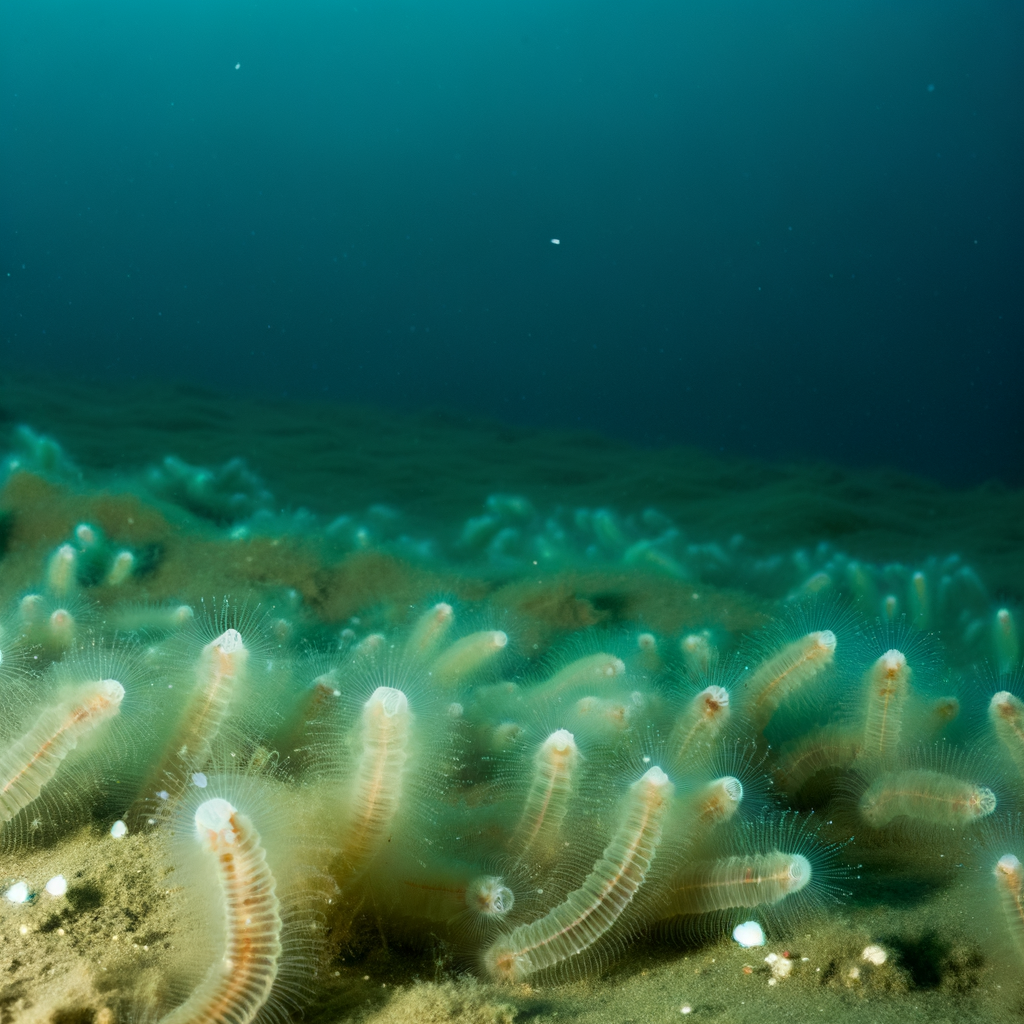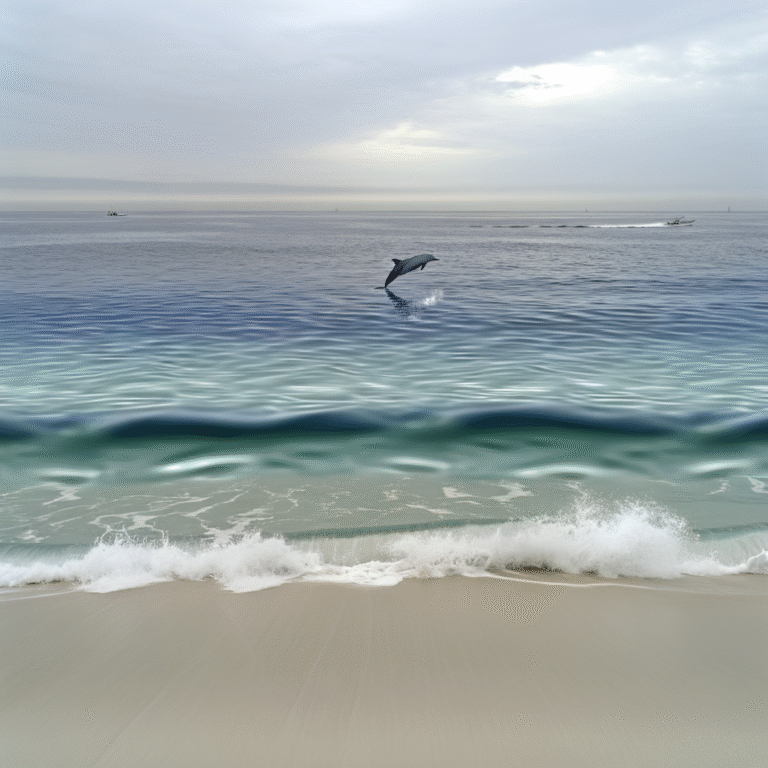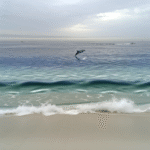In a remarkable deep-sea expedition, scientists have uncovered what may be the deepest known ecosystem on Earth, thriving in the pitch-black hadal zone between Russia and Alaska. This newly discovered community of chemosynthetic life, fueled entirely by gases seeping from the ocean floor, offers a profound glimpse into life’s resilience in the most extreme environments. The discovery, recently published in the journal Nature, highlights how organisms can survive—indeed, flourish—without sunlight, relying instead on methane and hydrogen sulfide from deep-sea cold seeps. This finding not only expands our understanding of marine biodiversity but also sheds new light on the global carbon cycle and the potential of deep-sea carbon sinks.

Marine geochemist Mengran Du, co-lead author of the study, made the discovery during a submersible mission in the hadal trenches, which lie at depths between 5,800 and 9,500 meters (19,000 to 30,000 feet). With only 30 minutes left in her dive, Du decided to explore one final area—and what she found was extraordinary. Clams and tube worms, species never before recorded at such depths, were thriving in an environment devoid of sunlight. These animals host specialized bacteria capable of converting methane into energy, a process known as chemosynthesis. This adaptation allows them to survive in one of the most inhospitable ecosystems on the planet.

The hadal zone, comprised primarily of oceanic trenches and troughs, is among the least explored habitats on Earth. Life here must endure crushing pressures, frigid temperatures, and total darkness. As Du explained, organisms in this zone rely on unique biological strategies to survive. One such strategy involves symbiotic relationships between marine invertebrates and methane-oxidizing bacteria. The bacteria reside within the tissues of clams and tube worms, transforming methane and hydrogen sulfide into usable energy. This symbiosis enables entire communities to persist far beyond the reach of sunlight.
What makes this discovery particularly compelling is the scale of the ecosystem: a 2,500-kilometer (1,550-mile) stretch teeming with life. It is the first time scientists have documented chemosynthetic communities at such extreme depths, suggesting that similar ecosystems might exist in other hadal trenches across the globe. I found this detail striking—not just for its scientific significance, but for the possibility it opens for future exploration and discovery.
Analysis of sediment samples collected during the expedition revealed unexpectedly high concentrations of methane. Typically, deep-sea sediments contain very little of this compound. The team hypothesized that local microbes are converting organic matter into carbon dioxide, and then into methane—a biochemical process not previously attributed to microbes in such deep-sea environments. This methane then serves as a fuel source for the chemosynthetic bacteria living within the host animals.
Previous scientific understanding held that deep-sea ecosystems relied primarily on organic matter falling from the ocean’s surface—such as dead organisms or marine snow. However, this new research suggests that methane-producing microbes are generating a local, self-sustaining food source. This revelation could redefine how scientists view energy flow in the deep ocean and underscores the complexity of these underwater systems.
Methane is a carbon-based compound, and its presence in these ecosystems connects them directly to the broader carbon cycle. Du and her colleagues propose that hadal trenches may function not only as reservoirs of methane but also as active recycling centers. Microorganisms in these zones appear to sequester large amounts of organic carbon, potentially storing up to 70 times more carbon than surrounding seafloor regions. These deep-sea carbon sinks are crucial in the context of climate change, as both methane and carbon dioxide are potent greenhouse gases.
While chemosynthetic life is not a new concept—vent communities have been studied since the late 20th century—the depth and scale of this ecosystem are unprecedented. Johanna Weston, a deep ocean ecologist at Woods Hole Oceanographic Institute who was not involved in the study, noted her admiration for the extent of the discovery. She emphasized the importance of advancing technology capable of withstanding immense underwater pressure to document such rarely seen life forms.
Weston also pointed out that the deep ocean, while remote, is not isolated. Her own research has uncovered species affected by surface-level human activity, such as a crustacean in the Mariana Trench found with microplastic fibers in its gut. Another of her discoveries includes a deep-sea isopod that feeds exclusively on sargassum, a seaweed common in the Atlantic Ocean. These findings underscore the deep ocean’s connection to surface ecosystems and the importance of preserving both.
The hadal zone remains one of the final frontiers of biological research, and international collaboration is key to unlocking its secrets. The Global Hadal Exploration Program, co-led by UNESCO and the Chinese Academy of Sciences, aims to build a network of deep-sea scientists from around the world. Du hopes that such efforts will lead to a deeper understanding of how life adapts to extreme pressures, temperatures, and chemical environments.
“Even though we see the hadal trench as a very extreme environment, the most inhospitable environment … (chemosynthetic organisms) can live happily there,” Du remarked. Her words serve as a reminder of life’s extraordinary adaptability and the vast mysteries still hidden beneath the ocean’s surface.
Read more at amp.cnn.com












